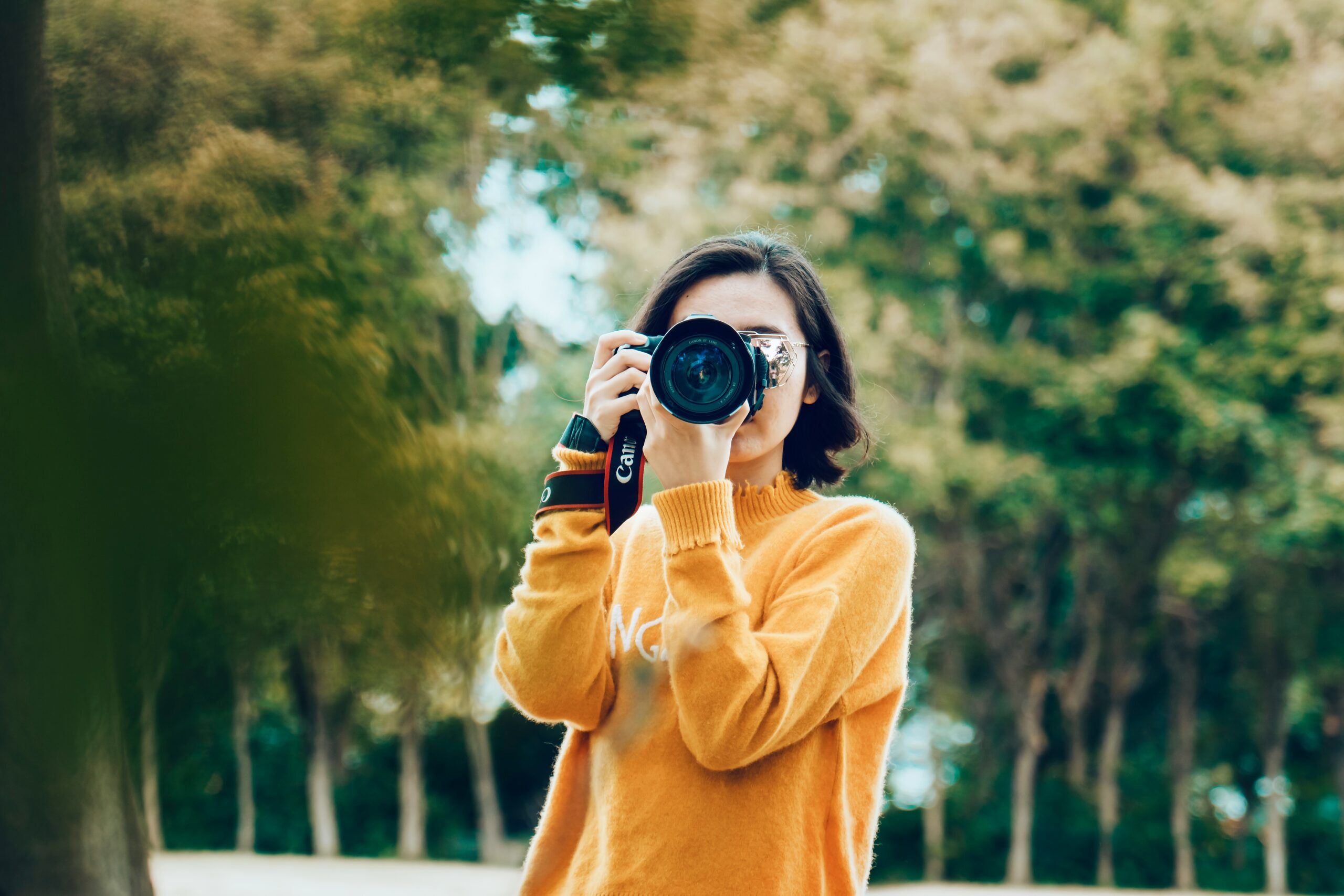Pursuing photography might look like a far-fetched dream if you’re working with a shoe-string budget. That said, you don’t have to wait until you can buy that top-tier camera to get started! In fact, some of the most captivating photos are born out of simplicity and that deep desire to see the world through your creative mind.
If you’re passionate about photography, there’s no reason to hold back. Here’s how to start your journey confidently and cost-effectively.
Begin with the Camera You Already Own
Before you even think of buying a new camera, why not take a moment to assess what’s already within your reach?
Your smartphone, for instance, can be a nice starting point. The beauty is that most decent phone cameras come equipped with high-resolution sensors you can use to take nice shots. There are the likes of portrait modes, and a range of features that make them excellent tools for beginner photography.
Instead of fixating on gear upgrades, spend time learning how to capture compelling compositions. Play with natural light, explore symmetry, or try different perspectives. Also, take photos at different times of day to understand shadow and tone.
With enough experimentation, you’ll soon realize it’s not the equipment that makes the photographer. It’s the eye and intention behind each image.
Take Advantage of Free Learning Resources
Formal photography classes can be expensive, but thankfully, the internet has made education more accessible than ever. You can find photography tutorials, tips, and walkthroughs all for free on platforms like YouTube, Coursera, and photography blogs. Here you can learn everything from manual settings and composition techniques to editing and storytelling.
You can follow creators who resonate with your goals and practice their techniques regularly.
You can use this hack to ramp up your knowledge and confidence. It will help you grow at your own pace without the added pressure of course fees or classroom expectations.
Use Your Surroundings as a Canvas
You don’t need to travel far or spend on elaborate photo shoots to create some nice results. Your home, backyard, and local neighborhood can also be the perfect canvas. There are scenes like morning light streaming through a curtain or raindrops on a windowpane. They are pretty much beautiful stories when seen from the right perspective.
So, take walks and bring your camera along to capture street scenes, nature, or interesting textures. The key is to find unique details in familiar places. This practice not only sharpens your observational skills but it also trains you to work with what’s available.
Explore Used Gear and Budget-Friendly Alternatives
When the time comes to expand beyond your smartphone, you can actually find some places to buy your gear at affordable rates. Yes, you can buy used photography equipment like cameras, lenses, stabilizers & accessories at decent rates. You should find a reputable vendor and you’re bound to save significantly while still getting quality equipment.
Generally speaking, older DSLR models or mirrorless cameras tend to deliver better image quality and manual settings that are ideal for beginners. Focus on versatile lenses like a 35mm or 50mm prime. They are affordable plus they deliver sharp, vibrant results.
Tip: Do some research so that you can build a basic kit that suits your style without straining your finances.
Join Free Photography Groups and Meetups
Being part of a photography community can also be both inspiring and cost-effective. Look for local clubs, online groups, or social media communities that organize free meetups, challenges, or group shoots. These spaces are perfect for exchanging ideas, sharing feedback, and finding encouragement.
Who knows? You might find someone out there willing to lend gear and share tips to help you.
Additionally, some groups even organize free editing workshops. Some even invite guest speakers to share industry insights. Such communities can open doors to collaborations or small paid gigs as you grow.
Edit with Free or Low-Cost Software
Post-processing is an essential part of photography. This is the part where you bring your creative vision to life. You should thus learn how to sharpen your editing skills with some core editing skills such as exposure correction, color grading, and cropping.
This will enable you to add professional polish to your photos on a budget. Luckily, there are many free or affordable tools that can elevate your images without the need for expensive software. Programs like GIMP and Darktable have powerful editing capabilities similar to Photoshop and Lightroom. Also, mobile apps like Snapseed and Lightroom Mobile are great for on-the-go edits.
Tip: Again, there are many tutorials available to help you master these tools.
Take on Passion Projects or Small Jobs for Practice
Once you feel comfortable with your photography skills, look for simple ways to put them into practice. You could do some photography events for friends or family. You could also take portraits for local small businesses, or start a personal photo project around a theme you care about.
These opportunities let you build a portfolio without needing to invest heavily in props or studio time. Passion projects also help you find your voice and explore subjects that truly inspire you.
If someone offers a small payment, reinvest it in your gear or tools. This cycle of creation and growth keeps you motivated. It will help you inch closer to your long-term goals.
Wrapping up
Your passion for photography doesn’t have to remain a dream because of budget limitations. With the right mindset and a little creativity, you can nurture your love for this art form and develop your skills one step at a time. Remember, the most impactful images often come from those who dare to try with what they have!
